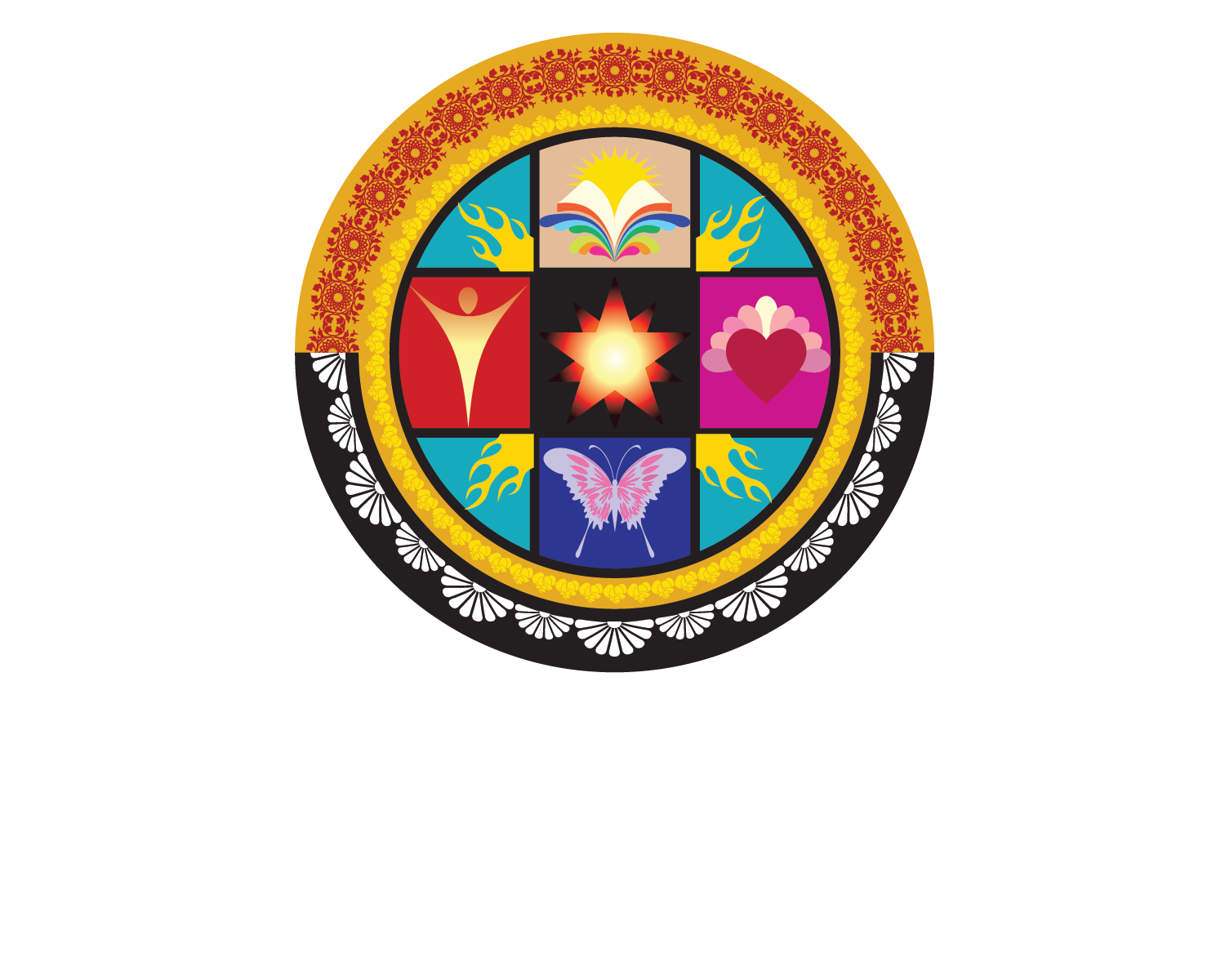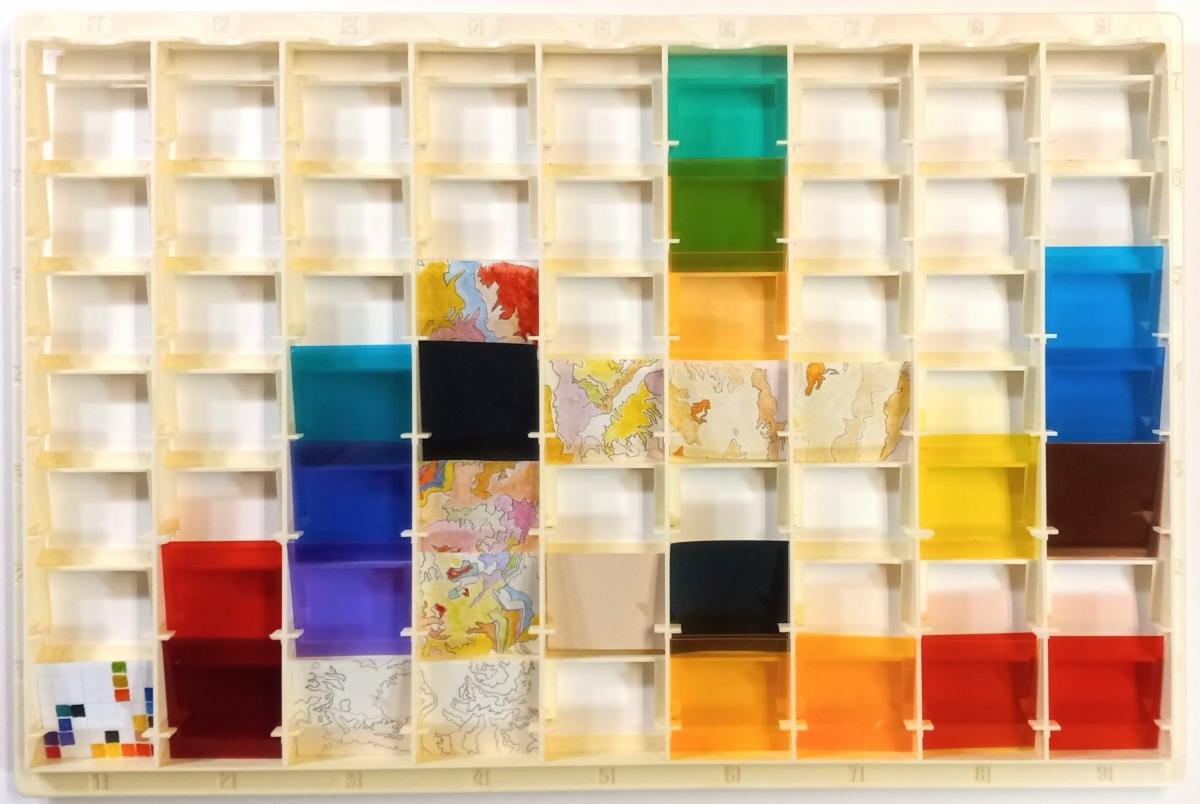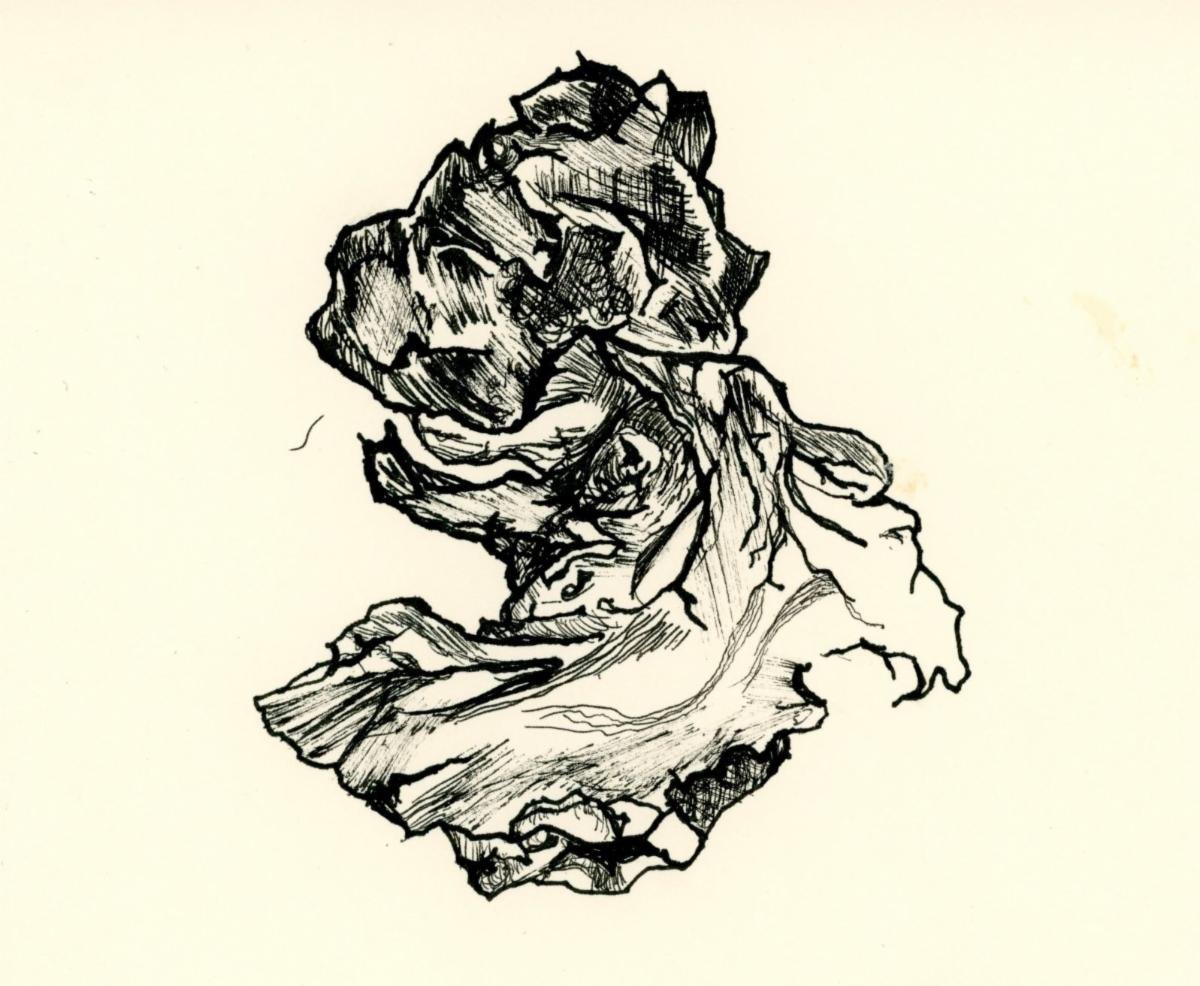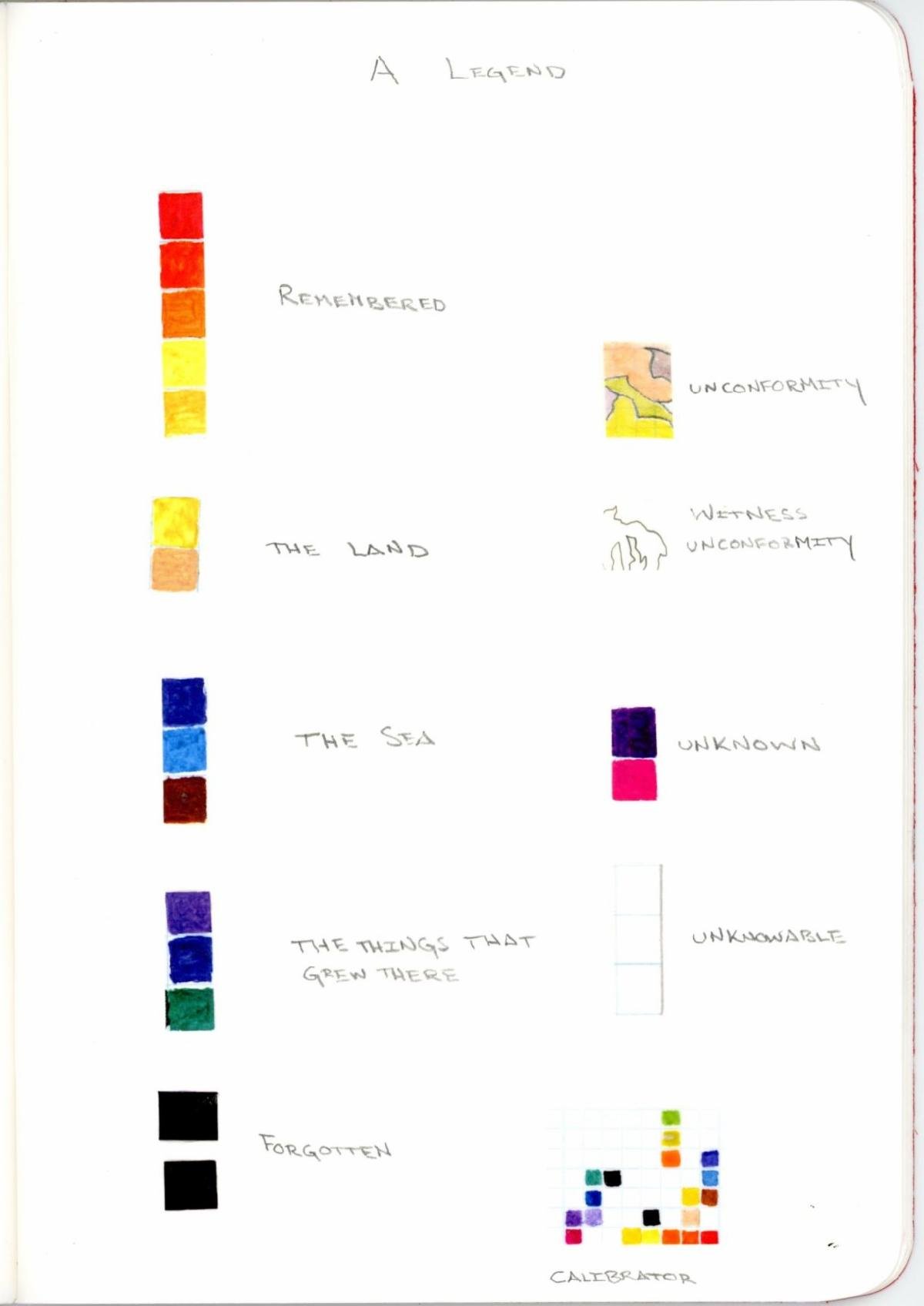UETF Artist Resiliency Spotlight: Camelia Caton-Garcia
The National Institute of Flamenco is proud to be one of five organizations working together with the Urban Enhancement Trust Fund (UETF) to facilitate artist residencies for the UETF Artist Resiliency Residency Program. Keep an eye on our newsletters and social media for announcements and updates from our 18 resident artists!
Camelia Caton-Garcia is a Chicana artist, writer, and archivist working in the west. Her work often combines video, photography, and mixed-media to explore the myth of the American west. She is interested in complicating the visual vocabularies used to represent time, landscape, and human events. Depictions of the west have historically been characterized by resistance and cultural suppression, violence, and uncertainty; often combined with astounding natural environments. This fantasy of the west can work to obscure or intrude on the complexity and validity of Indigenous history and present. Her work explores these relationships, both geological and psychic, and asks how myth and visual representation affect the very real situations of land, culture, and nation-building through an anomalistic and distorted collective memory of the west. As an Chicana artist working in western states, she is constantly revisiting and revising this relationship, its history, its future, and its aesthetics. Camelia was the Grand Canyon South Rim artist in residence in 2013 and is published in Analecta and Atticus Review.
About Camelia's project:
My project through UETF plays with mechanisms of the timeline and the vocabulary visual of cartography to pull them away from their settler colonialism utility. The accoutrements of scientific understanding of time and place, and the devices used to examine them, become transformed into something that undermines the empirical. I want to continue to explore these visions and fantasies that are a part of the New Mexico, and in particular Albuquerque, landscape. I find that employing novel or obsolete visual technologies (i.e., viewfinders, slide organizers, kaleidoscopes) helps to create new engagement with visual materials. The objects become tools for a new, more complicated kind of viewing. Working with these materials, I am constructing a layered visual history that is superimposed by the geological past. Timelines have been used to illustrate particular scientific and historical values but, by their very nature, also exclude other moments or events. By building an accompanying user's manual that draws on the experiential and synesthetic past, I'm working to create a field guide to this representative landscape.





